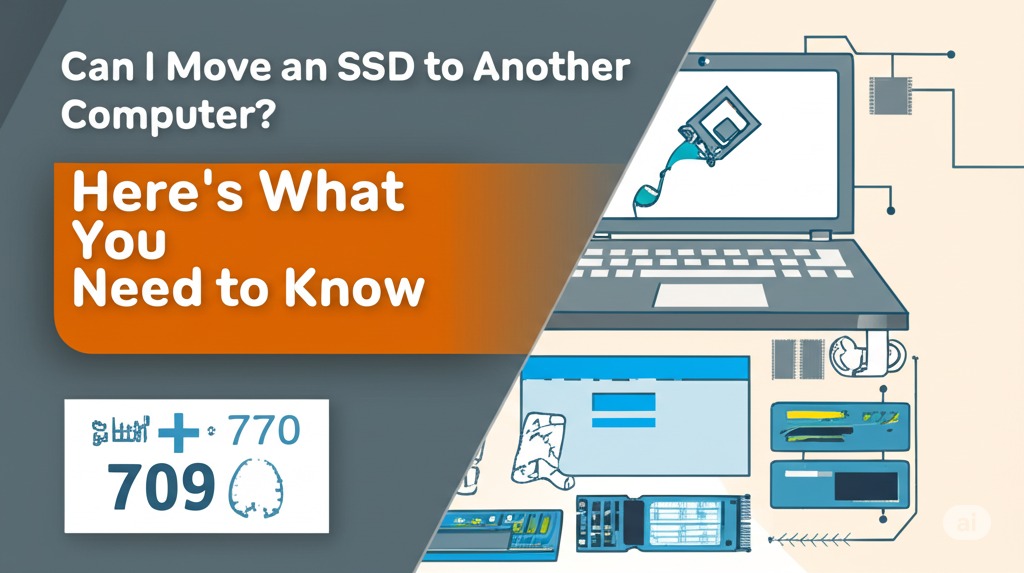Introduction
Building or upgrading a PC can be an exciting yet daunting task. One of the biggest challenges many face is ensuring that all computer components are compatible. Using incompatible parts can lead to system instability, performance issues, or even hardware damage. But don’t worry! This guide will walk you through everything you need to know to verify whether your computer parts will work together seamlessly.
Key Factors for Checking PC Component Compatibility
1. Motherboard and Processor Compatibility
Your CPU (Central Processing Unit) must be compatible with your motherboard to function correctly. Here’s how to check:
- Socket Type: Ensure the motherboard has the correct CPU socket (e.g., LGA 1700 for Intel 12th/13th Gen or AM5 for AMD Ryzen 7000 series).
- Chipset Compatibility: Different chipsets support different features and processors. Check the manufacturer’s website for a compatibility list.
- BIOS Updates: Some older motherboards may require a BIOS update to support newer CPUs.
2. RAM Compatibility
Memory (RAM) compatibility depends on several factors:
- RAM Type: Ensure the RAM matches the motherboard’s supported type (e.g., DDR4, DDR5).
- Speed and Capacity: Check the motherboard’s specifications for the maximum RAM speed and capacity.
- Number of Slots: Some motherboards support dual-channel or quad-channel memory configurations, which impact performance.
3. GPU (Graphics Card) Compatibility
A graphics card (GPU) is essential for gaming, video editing, and other demanding tasks. To ensure compatibility:
- PCIe Slot: Most modern GPUs require a PCIe x16 slot, which is available on almost all motherboards.
- Power Supply Unit (PSU) Requirements: Check if your PSU can supply enough wattage and has the necessary power connectors (e.g., 6-pin, 8-pin connectors).
- Case Size: Ensure the GPU fits inside your case, considering both length and clearance.
4. Power Supply Unit (PSU) Considerations
Your PSU must provide enough power to support all components. Consider these factors:
- Wattage Requirements: Use a PSU calculator tool to estimate the power draw of your system.
- Modular vs. Non-Modular: Modular PSUs allow for cleaner cable management, while non-modular ones come with fixed cables.
- Efficiency Rating: Look for at least an 80 PLUS Bronze rating for better energy efficiency and reliability.
5. Storage Drive Compatibility
Storage drives come in different types and interfaces. Make sure your chosen drive works with your motherboard:
- SATA vs. NVMe: SATA SSDs and HDDs use SATA ports, while NVMe SSDs use the M.2 slot for faster speeds.
- M.2 Slot Types: Some motherboards have multiple M.2 slots, but check whether they support PCIe or SATA-based SSDs.
- Storage Capacity: Ensure your operating system and essential applications fit comfortably on your primary drive.
6. Case and Cooling System
Your PC case must accommodate all components and provide proper cooling. Things to consider:
- Form Factor: Ensure the case supports your motherboard size (ATX, Micro-ATX, Mini-ITX).
- Clearance for GPU and Cooler: Check space for your GPU and CPU cooler, especially for large air or liquid cooling solutions.
- Cooling System: Proper airflow with intake and exhaust fans is essential to prevent overheating.
7. Operating System and Software Compatibility
Once the hardware is sorted, ensure that your operating system and software support your components:
- Windows vs. Linux: Some hardware has better driver support on Windows, while Linux users may face compatibility challenges.
- Drivers and Firmware: Always download the latest drivers for your CPU, GPU, motherboard, and peripherals.
- BIOS/UEFI Settings: Some hardware may require specific BIOS configurations for optimal performance.
Tools to Check PC Compatibility
To make your life easier, you can use online tools to verify compatibility:
- PCPartPicker (https://pcpartpicker.com/): Automatically checks for compatibility issues when you select components.
- Manufacturer Websites: Check official product pages for compatibility lists.
- Forums and Communities: Tech forums like Reddit’s r/buildapc can offer insights from experienced builders.
Conclusion
Ensuring your computer parts are compatible is crucial for a smooth building or upgrading experience. By checking key factors like CPU socket type, RAM compatibility, PSU wattage, and storage interfaces, you can avoid costly mistakes.
If you’re unsure, use online tools like PCPartPicker or consult with experts in tech forums. Ready to start your build? Double-check your components and assemble your dream PC with confidence!

Caleb Carlson is a contributing writer at Computer Site Engineering, specializing in computer technology, software trends, and hardware innovations. His articles simplify complex tech topics, making them accessible to readers of all levels.





